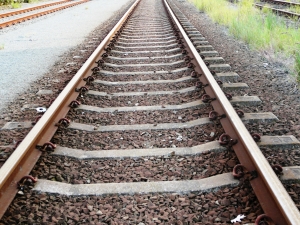
While the deadly commuter train derailment in New York City on Sunday grabbed the attention of much of the nation, another story regarding trouble on train tracks occurred Wednesday morning here in the Bay Area when the emergency brakes on a BART train locked up and choked its cars with fumes. In both cases, our train accident attorney Gregory J. Brod is among those asking why these disturbing events can happen.
Inattentive Operator at the Controls of Train in the Bronx
With respect to the derailment of a Metro-North Railroad commuter train in the Bronx, the New York Times is reporting that the Manhattan-bound train’s operator fell into an early-morning daze on Sunday as the train was speeding on a curve and derailed, killing four passengers and injuring 70 more. It also seems that a warning system in place that may have prevented the accident was located on the locomotive pushing the train, at the other end of the train from the locomotive pulling it where the engineer was situated. The warning system, a so-called “alerter,” is designed to automatically apply brakes to a train in cases where the operator is unresponsive.
The Metropolitan Transportation Authority, the government agency that runs the Metro-North Railroad, has said that new trains would include alerter systems in all cabs, but the authority hasn’t said whether all cabs of older trains would be fitted with them.
Whereas the tragedy in New York may ultimately be attributed to human error and may have been averted with appropriate technology placement, the troubling issue BART faced Wednesday morning may have more to do with an increasingly old stock of rail cars more vulnerable to breakdowns and other age-related problems.
According to the San Francisco Chronicle, a westbound Pittsburg/Bay Point-line train loaded with 700 passengers departed from the Orinda station and was heading through a 3.2-mile tunnel in the Berkeley hills at 8:30 a.m. when the brakes of the train locked up, causing fumes to fill the cars. The fume-filled train remained stalled in the tunnel for one hour and prompted several captive passengers to seek medical attention.
Some BART Trains as Old as Transit System Itself
The incident was the latest in a series of recent embarrassments to befall the transit agency that has been serving the Bay Area for over 40 years. As it turns out, there are BART trains still in use that are older than 40 years, with the average age of the system’s trains standing at 33 years. Indeed, the train involved in Wednesday’s incident that BART officials attributed to a short circuit had a emergency breaking system with technology from the 1980s. And that is a recipe for not only delays but also breakdowns such as the one that occurred on the ill-fated Pittsburg/Bay Point-line train.
In Wednesday’s incident, the malfunctioning brakes released light smoke or dust along with a strong oder. As a result, after the train finally began moving again and arrived at the Rockridge station at 9:30 a.m., 11 people were taken to local hospitals and treated for dizziness, shortness of breath and nausea, but authorities said all were expected to recover.
Continue Reading ›
 Often the law is an effort to resolve two competing interests. For example, traffic laws balance personal freedoms with safety concerns and tax laws balance a need for government services with the reluctance to pay for shared services. We have previously mentioned the law of sovereign immunity, a balancing decision that often protects a government institution while taking away an injured person’s right to recover damages. Last week, a federal court sitting in California looked at a question of government immunity and ruled in favor of a seriously injured individual, a decision our Berkeley injury attorney applauds for treating a government like any other business when it engages in commerce like a private entity.
Often the law is an effort to resolve two competing interests. For example, traffic laws balance personal freedoms with safety concerns and tax laws balance a need for government services with the reluctance to pay for shared services. We have previously mentioned the law of sovereign immunity, a balancing decision that often protects a government institution while taking away an injured person’s right to recover damages. Last week, a federal court sitting in California looked at a question of government immunity and ruled in favor of a seriously injured individual, a decision our Berkeley injury attorney applauds for treating a government like any other business when it engages in commerce like a private entity.  San Francisco Injury Lawyer Blog
San Francisco Injury Lawyer Blog



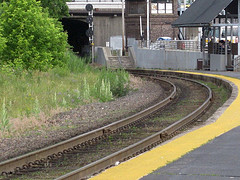 As of late Monday,
As of late Monday, 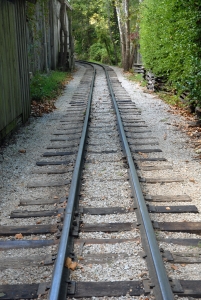 According to a
According to a 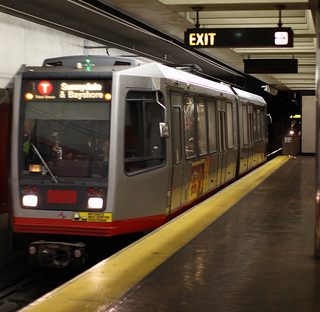 Two Recent Muni Accidents
Two Recent Muni Accidents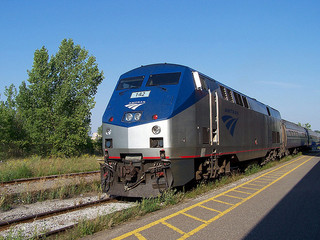 For some, the thought of train travel conjures up memories of a simpler time and a bygone era of gentlemen in smoking jackets and women in hats. For others, trains remain a part of everyday life and the hustle and bustle of a subway or commuter line. While the latter group might be familiar with disabled trains and resulting delays, both groups likely think of train travel as a safer option than highway or air transportation. Still, as recent national headlines remind our San Francisco train law firm,
For some, the thought of train travel conjures up memories of a simpler time and a bygone era of gentlemen in smoking jackets and women in hats. For others, trains remain a part of everyday life and the hustle and bustle of a subway or commuter line. While the latter group might be familiar with disabled trains and resulting delays, both groups likely think of train travel as a safer option than highway or air transportation. Still, as recent national headlines remind our San Francisco train law firm,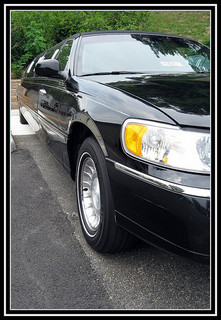 It was supposed to be a night of fun, with recent bride Neriza Fojas and eight of her fellow nurses hitting the town to celebrate her recent nuptials.
It was supposed to be a night of fun, with recent bride Neriza Fojas and eight of her fellow nurses hitting the town to celebrate her recent nuptials.  An article in the
An article in the  Central Valley Train Crash Caused by Tractor-Trailer’s Failure to Yield
Central Valley Train Crash Caused by Tractor-Trailer’s Failure to Yield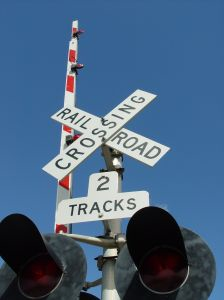 Train safety is important for both pedestrians and drivers. Today’s trains are often quieter than in the past so vigilance is particularly key. The average train weighs about 200 tons and trains can weigh as much as 6,000 tons. Trains take time to come to a complete stop and cannot veer around objects in their path. It is thus vital for all of us to exercise extreme caution around trains and railway tracks.
Train safety is important for both pedestrians and drivers. Today’s trains are often quieter than in the past so vigilance is particularly key. The average train weighs about 200 tons and trains can weigh as much as 6,000 tons. Trains take time to come to a complete stop and cannot veer around objects in their path. It is thus vital for all of us to exercise extreme caution around trains and railway tracks.